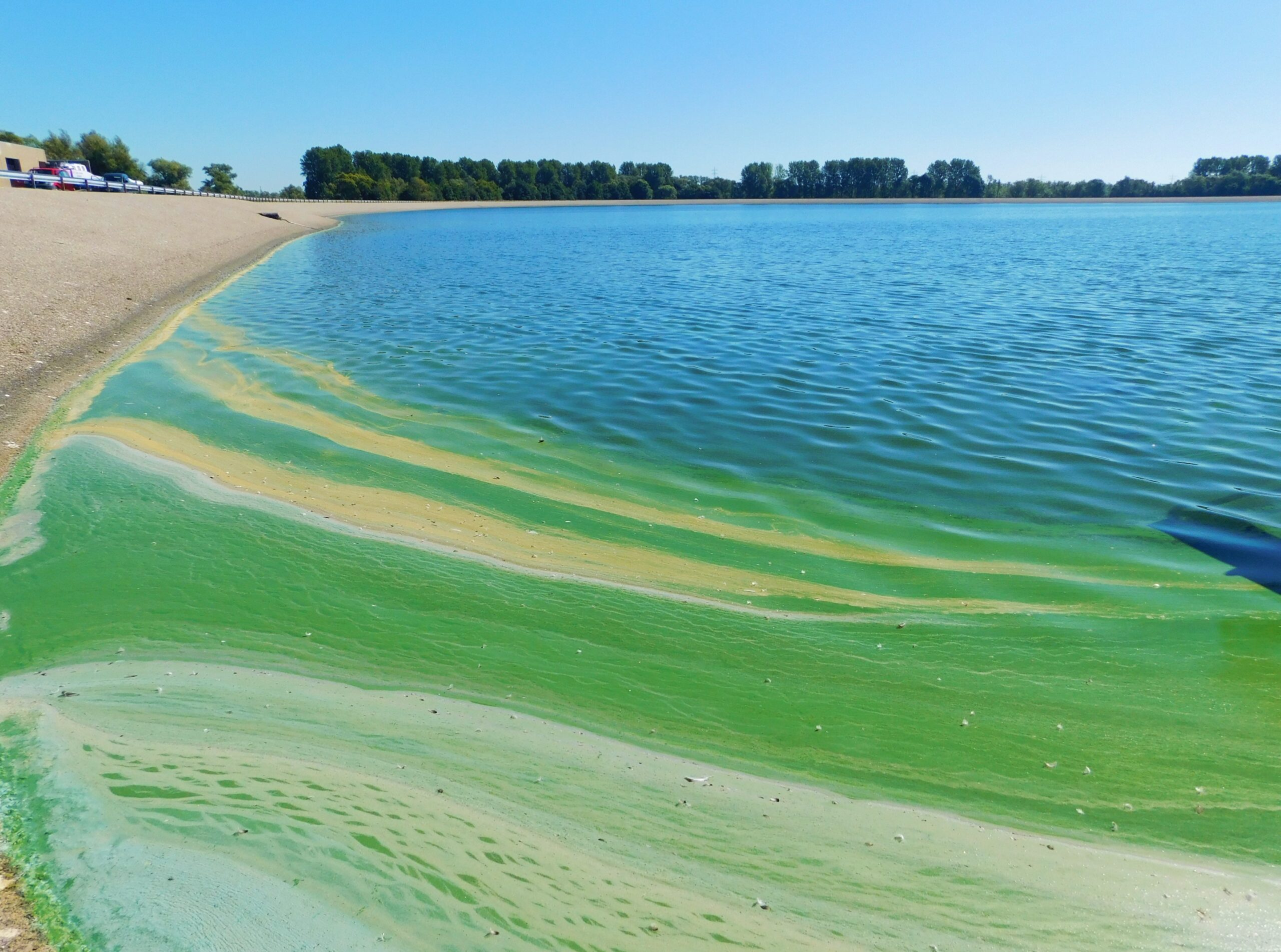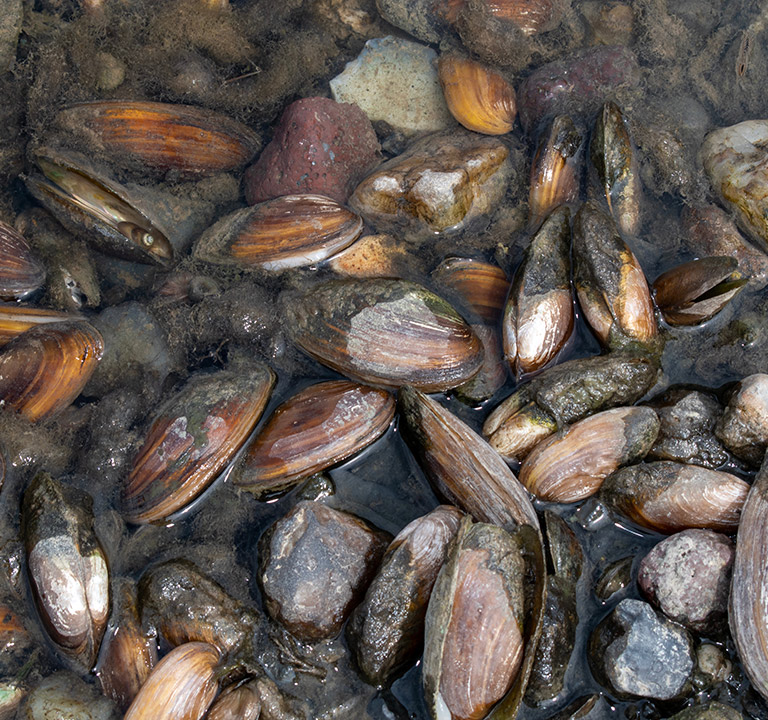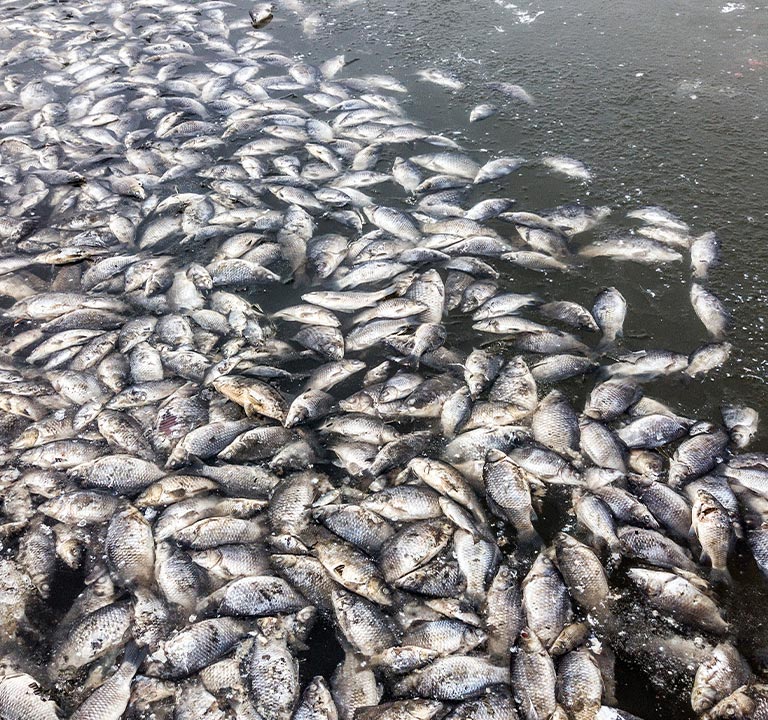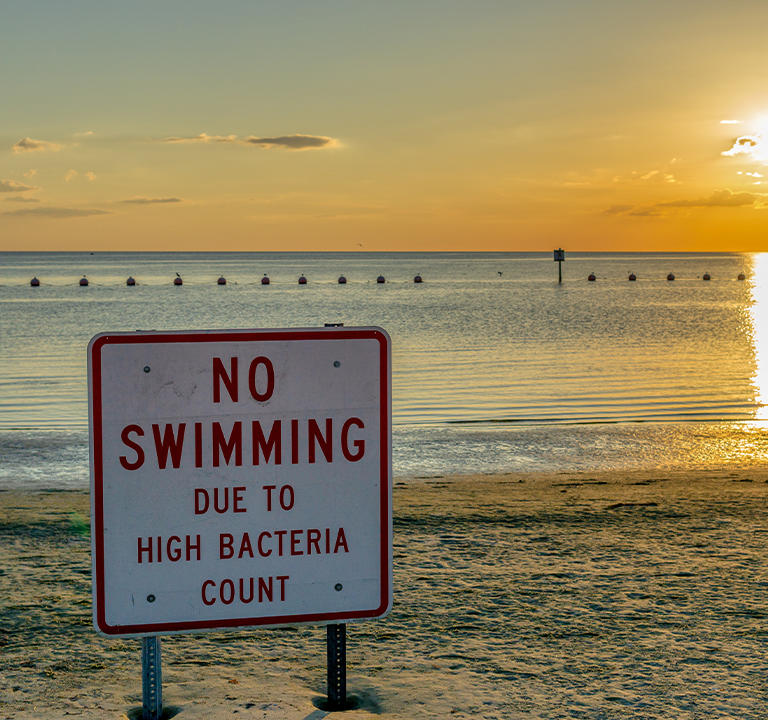Turning on the tap for a drink of water has been the hallmark of modern plumbing for well over a century. With the increase in nutrient pollution, it’s becoming less so with every turn of the faucet.
Student: “Miss Alonzo, may I please go get a drink of water?”
Teacher: “I’m sorry Maria. We aren’t able to use the water fountains in the hallway, because of that issue we’re having with the water. I have some small bottles of water in the back of the class if you’d like to go grab one.”
Child: “Dad, I need to go fill my water bottle before we leave for football practice.”
Dad: “Oops, sorry Max. I meant to tell you when you got home. I got a phone call today that we’re under a boil water advisory.”
Child: “What’s that mean?”
Dad: “It means that we shouldn’t drink water from the faucet without boiling it since there are bad things in the water that can make us sick. There are a bunch of bottles in the fridge that I bought. You can take one of those, they’re ready to go.”
Waiter: “Good evening, and welcome to Il Forno Restaurant. May I get you something to drink?
Patron: “Just tap water is fine, thanks.”
Waiter: “We’re still under a boil water advisory here in the city. May I offer you bottled still or bottled sparkling water instead?”
It’s been said that water is the source of life. So when the source of water is compromised, the direct connection to our health and well-being can’t be overstated. Water resources everywhere – reservoirs, rivers, and streams – continue to be impacted by algae blooms and nutrient pollution. As with the boil water advisory for the District of Columbia in the summer of 2024, the challenge of providing clean, potable water to communities around the globe continues to be an ongoing issue.
What is nutrient pollution?
There are a number of factors that help fuel algae blooms. Increased water temperature – which accelerates bacteria growth – is certainly one of the primary culprits. Nutrient pollution is another key problem that has led to the increased occurrence of algae blooms. Naturally occurring nutrients (primarily nitrogen and phosphorus) at normal, balanced levels in lakes, rivers and other bodies of water are healthy, as they support the growth of algae and aquatic plants. These plants in turn provide food and habitat for fish, shellfish, and smaller organisms that live in the water. Too much nitrogen and phosphorus create what is referred to as nutrient pollution.

Why is nutrient pollution a problem?
Nutrient pollution, created by excessive levels of nitrogen and phosphorus in bodies of water, typically originates from fertilizer or waste runoff from factory farming, and industrial and municipal wastewater treatment plants. These increased levels of nutrients can deteriorate water quality, as algae can grow rapidly, reducing or even eliminating the oxygen supply and reducing the exposure to sunlight. Nutrient pollution has been exacerbated by climate change, with increased water temperatures (more conducive to algae growth) and bigger storms (heavier rainfall leading to increased erosion leading to a greater influx of nutrients from the runoff). Nutrient pollution leads to habitat damage, loss of aquatic life, drinking water contaminated with toxins and bacteria, and ultimately negative impacts on human health. According to the New York State Department of Health, contact with contaminated surface waters can cause diarrhea, nausea, or vomiting; skin, eye, or throat irritation; and allergic reactions or breathing difficulties.
As much as wastewater treatment plants have been identified as a critical solution for implementing technologies aimed at addressing nutrient pollution, it is an all-too-common occurrence in communities around the US and around the globe. It is estimated that the cost of treating and preventing blooms – in the US alone, between the years 2010 and 2020 – cost more than $1 billion, and that figure is expected to rise as global temperatures rise. From the complex reservoir systems of our biggest cities to the vast watersheds of our rivers, streams, and estuaries, algae blooms will continue to have a definitive impact on our drinking water supplies around the world.








